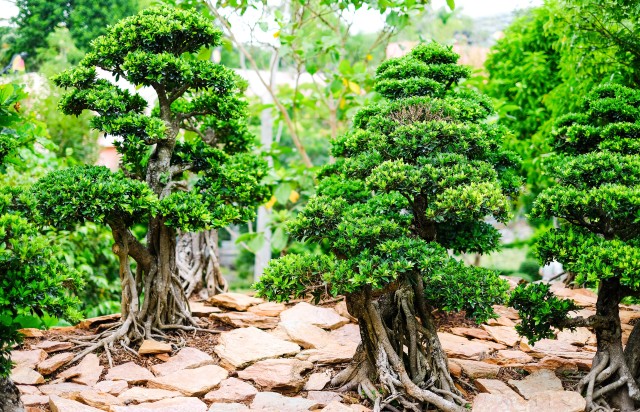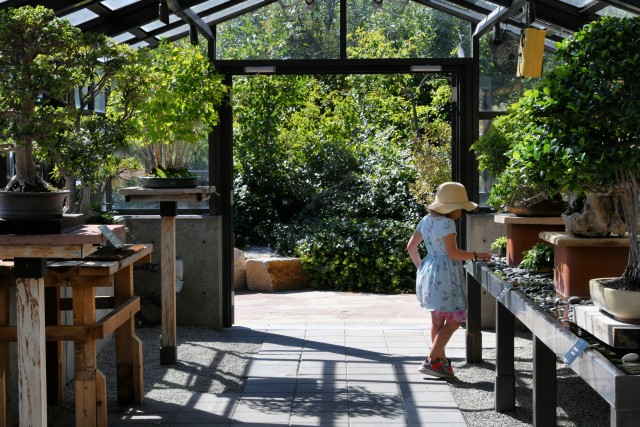Affordable Bonsai Trees
Welcome to BonsaiTreeForSale.net for Affordable Bonsai Trees, your one‑stop resource for affordable, high‑quality bonsai trees. In this comprehensive guide, we’ll show you how to select budget‑friendly bonsai without sacrificing health, style, or longevity.
Why affordability doesn’t mean low quality
It’s a common misconception that cheaper bonsai equates to poor health or a short lifespan. In reality, there are several ways to access affordable bonsai that are well‑trained, disease‑free, and ready to thrive.
- Starter materials: Many high-end bonsai masters begin with young trees (pre‑bonsai) and refine them over the years.
- Local sources: Community gardeners or a trusted nursery may offer healthy bonsai saplings at a lower cost.
- Seasonal sales: Shops sometimes discount bonsai at seasonal changes; timing your purchase can save money.
Tips for finding great deals
- Look for nurseries or online sellers with transparent care histories and customer feedback.
- Choose species that are beginner‑friendly and budget‑friendly, like juniper, ficus, or Zelkova.
- Compare pot quality and trunk development—a slightly less refined tree can be styled over time.
Understanding bonsai value: what to look for
Even affordable bonsai should be evaluated based on core quality factors:
- Species & leaf scale: Smaller leaves, such as those on juniper, azalea, or Zelkova, are ideal for bonsai proportions. See species guide here.
- Trunk & nebari development: Natural taper and good root flare are signs of a tree that will mature attractively.
- Health indicators: Active growth, firm bark, and no signs of pests or fungal infection.
In botanical terms, the art of bonsai emphasizes miniaturization, proportion, asymmetry, and wabi‑sabi—traits you can preserve even in an affordable specimen.
Caring for your affordable bonsai
Once you’ve selected a budget-friendly tree, proper care ensures it remains vigorous and evolves beautifully:
Watering & soil
Use a fast‑draining bonsai soil mix. Water thoroughly when the topsoil feels dry—never let it remain soggy.
Pruning & training
Basic pruning, wiring, and occasional repotting are sufficient in the early stages. Techniques such as root trimming, crown thinning, and wiring are well-described in bonsai cultivation guides.
For beginners, the steps outlined in Bonsai Trees for Beginners offer clear direction in developing bonsai foundations.
Sunlight & positioning
Most outdoor bonsai species need full to partial sun, while tropical indoor species like ficus require bright indoor light.

Styles to explore on a budget.
Budget bonsai can still embrace traditional styles:
- Formal Upright (Chokkan): Classic and easy to style, ideal for new growers.
- Sokan or Twin‑Trunk: Two trunks from a single base—looks professional without high cost.
- Driftwood styles (Sharimiki/Shari): Adds aged character, achievable through carving cheap potted conifers.
Where to find quality, affordable bonsai
Consider these sources:
Local nurseries or bonsai societies often offer younger material at great prices.
- Online retailers like ours have reputation-based ratings.
- Garden forums or social media where growers trade or sell off surplus material.
Why buy from BonsaiTreeForSale.net?
- Transparent sourcing and high health standards
- A variety of beginner‑friendly species, including juniper, maple, ficus, and Zelkova
- Expert customer support to guide your planting and care
- Competitive pricing and seasonal promotions
Conclusion
High‑quality bonsai don’t have to come with a high cost. By focusing on fundamentals—species, health indicators, care practices—you can develop a stunning tree over time. Whether you’re selecting a humble juniper sapling or a young Zelkova with compact foliage, the path to a beautiful bonsai begins with informed choices.
Explore our collection of affordable bonsai trees here, and let BonsaiTreeForSale.net be part of your bonsai journey
